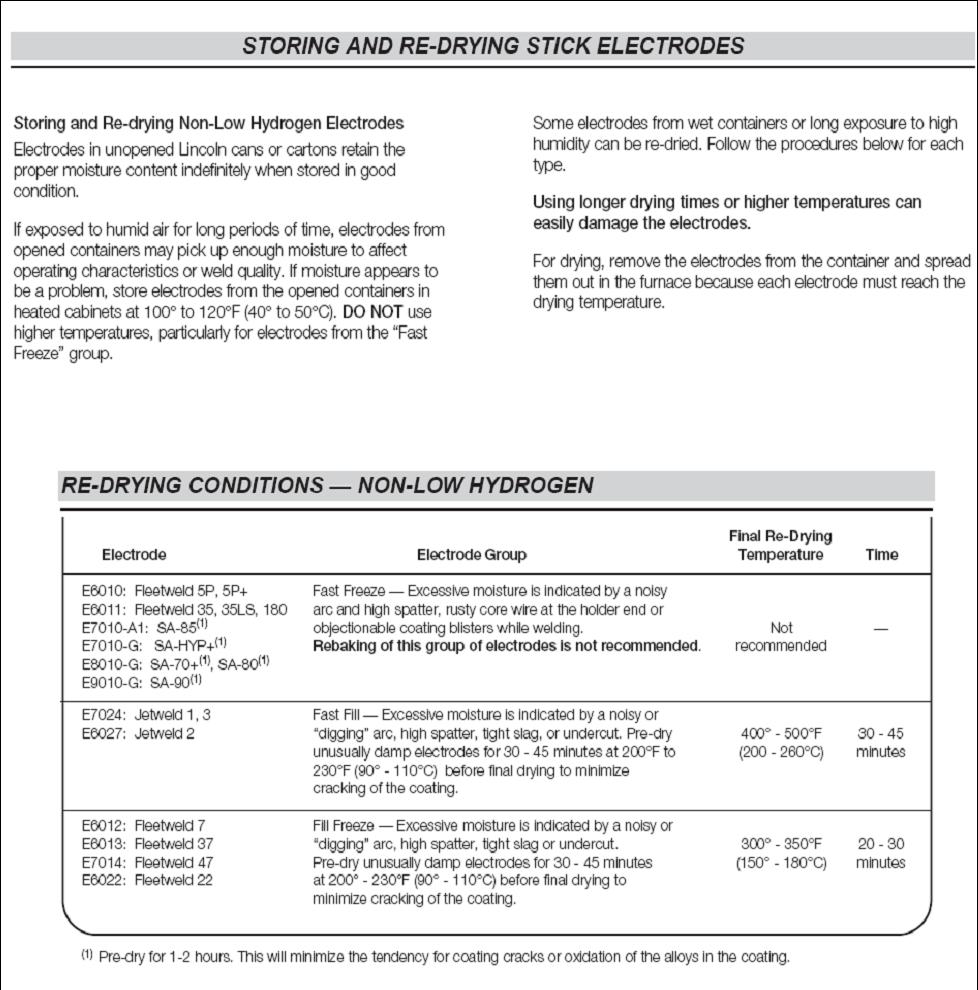
I concurr with you Al!
I would only add that it really befuddles me to know that this individual did not base his argument on facts... In other words, The contractors that ended up making the decision to fire "Makeithot" based on the hearsay of one individual - an opinion without any facts to back it up, was reactionary to say the least!!! ;(
Btw, I like your analogy of visiting the Doctor's office and observing the plaque hanging on the wall ;)
You're also correct about the world being a great place and that only certain individuals make it difficult at times as a result of their ignorance!
I'm hoping that if the electrode manufacturers can come up with an economical method of incorporating Aluminum (oxide?) powder in a similar manner or something the achieves the same results to the flux so that the need for keeping certain (Low-Hydrogen) electrodes in an electric "dry-rod" oven(s) will become a thing of the past... Just think of the savings in the electrical costs! I know they'll be small in comparison but, every little bit helps when it comes to the bottom line.
I do believe that if the costs for doing so are are miniscule when compared to the long term costs of maintaining the current "mix" of Low hydrogen electrode flux coating "recipe blends" currently in the market dry, the end users will welcome the improvement and it's associated extra costs.
Respectfully,
Henry

